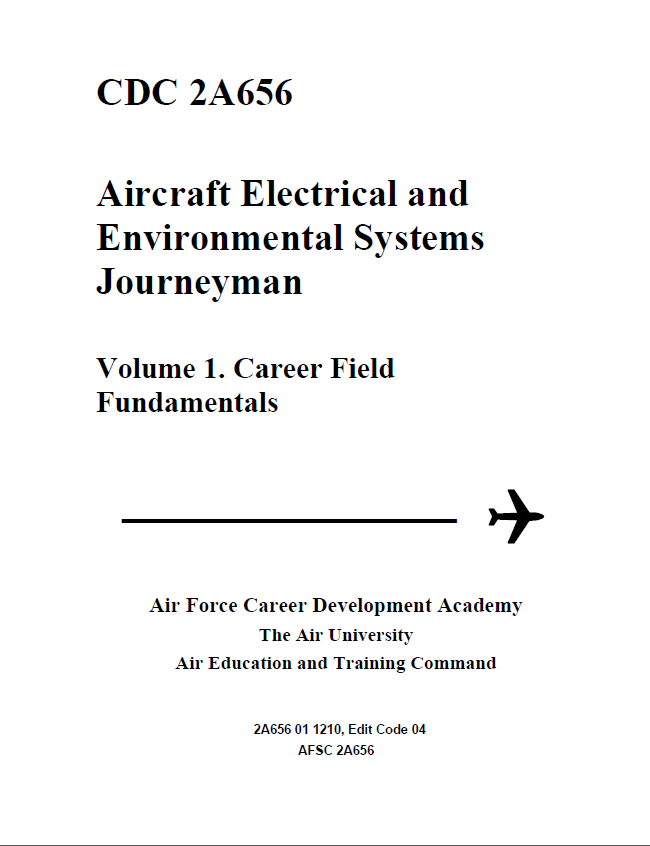2A656 Vol 1 Ure (2013) Aircraft
- FAA Regulations
- ISO 9001
2.
You may optionally provide this to label your report, leaderboard, or certificate.
×
Thank you for your feedback!
















